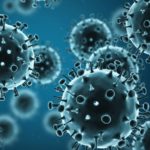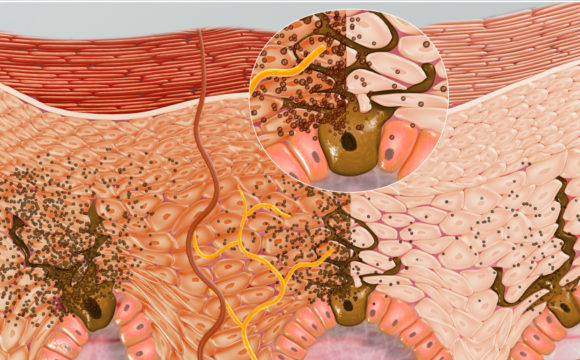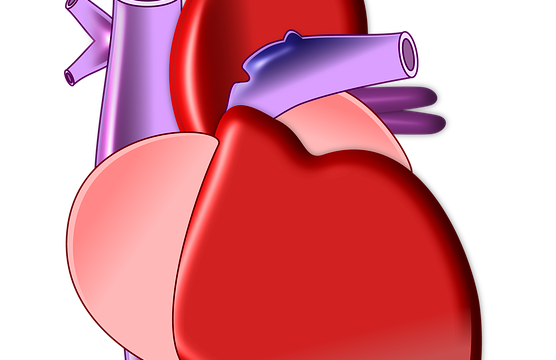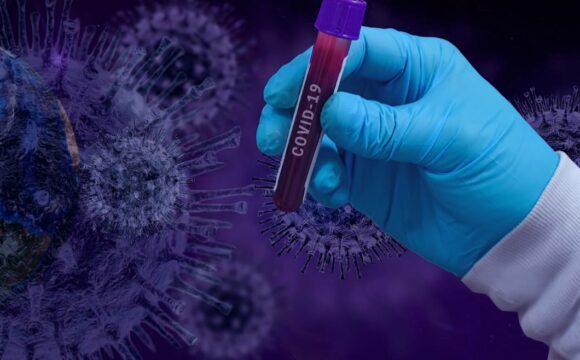Oral cancer is one of the commonest cancer affecting the global population. Most estimates suggest that at least 1.3% of all men and 0.6% of all women will be diagnosed with one or the other form of oral cancer. That percentage may look small but when you consider the global population of 7 billion people it comes down to a huge number. Novel approaches and tools are constantly been developed by the researcher to ease diagnosis, prevention, and treatment of oral cancers. Here we discuss one such study.
Azadirachta indica or Neem is one of the most revered plants in the Indian subcontinent. For over almost 2000 years it’s been used in Ayurveda and Unani medicines for its antifungal, antidiabetic, antibacterial, antiviral, contraceptive, and sedative properties. This has attracted the attention of modern scientists to further explore and investigate these properties. Nimbolide is an active molecule derived from the leaves and flowers of neem trees and a group of researchers at the Department of Biochemistry & Biotechnology in the Annamalai University, India, has demonstrated that this compound could possibly be used to treat oral cancer! The hypothesis was that Nimbolide activates a tumor suppressor protein called Reversion-inducing Cysteine-rich Protein with Kazal Motifs (RECK).
In the study, eight to ten weeks old male Syrian hamsters were used as the animal model. The animals were randomized into groups wherein one group the right buccal pouches of hamsters were painted with 0.5% DMBA (7,12-Dimethylbenz[a]anthracene), which is an immunosuppressor and a powerful organ-specific carcinogen. The second group received Nimbolide dissolved in 0.5% DMSO as well while the third group served as untreated controls. Nimbolide administration was found to significantly reduce the tumor burden and delay tumor growth by 52.4%.

In normal cells, RECK [Reversion-inducing cysteine-rich protein with Kazal motifs] are responsible for maintaining tissue architecture and preventing the infiltration and spread of tumor cells to other organs. In cancer, the activity of RECK is known to be inhibited because of its reduced production or total absence. Nimbolide upregulates RECK by ‘inhibiting it inhibitors’ namely miR-21 and HIF-1α.
HIF-1α or Hypoxia-inducible factor 1-alpha is a subunit of a heterodimeric transcription factor hypoxia-inducible factor 1 (HIF-1). The overexpression of HIF1A has been to a great degree implicated in cancer biology, along with energy metabolism, cell survival, and tumor invasion. The interactions of nimbolide with HIF-1α was identified in this study with the help of Glide XP docking algorithm of Schrodinger Suite.
miR-21, on the other hand, is an oncomiR that directly inhibits RECK expression and promotes angiogenesis (formation of new blood vessels) which provides oxygen and nutrients to the growing tumor. The Transcript expression level of miR-21 quantified by RT-PCR was found to be reduced every week with Nimbolide administration.
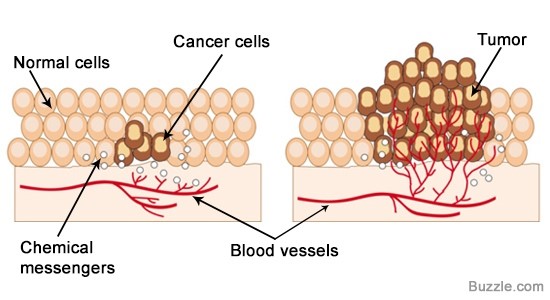
(Source:buzzle.com)
Nimbolide also reduced microvascular density (number and length of all the microvessel segments present per unit), confirming its anti-angiogenic potential.
Amongst many other things, this study also provides enough evidence for the truthfulness of the old belief that ancient people had great wisdom when it came to medicine. The same Neem which was popular amongst them for a variety of reasons is also potent enough to deal with illnesses of the present times.
Reference:
Jaganathan Kowshik et al, 2017. Nimbolide upregulates RECK by targeting miR-21 and HIF-1α in cell lines and in a hamster oral carcinogenesis model Scientific Reports.





